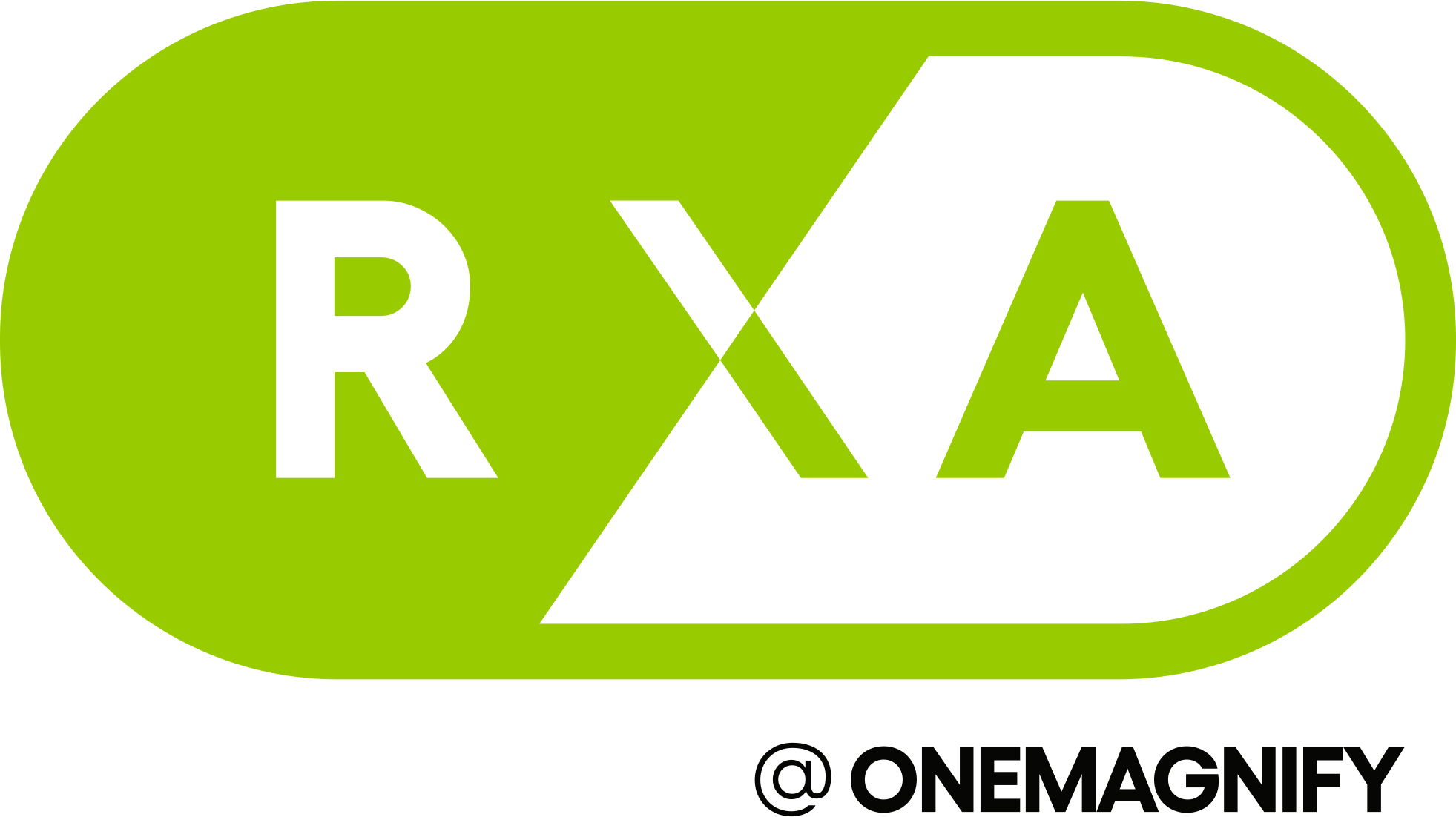

Just like any other industry, the world of digital analytics has its own set of vocabulary words. Here are the definitions of some of the more common terms and acronyms.
AA
Adobe Analytics. A paid digital analytics platform. There is no free version of this platform.
CMS
Content Management System. A platform for managing the front-end of a website including content, design and templates. Some common platforms include Drupal, WordPress and Magento.
CDP
Customer Data Platform. A software system that aggregates and organizes first-party customer data for a company, used by internal teams to gain an understanding of current customers and sales processes.
Cookie
A small bit of data used to remember a visitor’s information. A domain can be permitted to set cookies on a visitor’s browser to hold information for a session or the visitor’s lifetime until the visitor clears their cookies. A cookie can contain any information provided by the visitor such as items in their shopping cart or content interests. (See First-Party Cookie, Third-Party Cookie)
DAA
Digital Analytics Association. This organization’s mission is “Advancing the use of data to understand and improve the digital world through professional development and community.” They offer the Certified Web Analyst certification. https://digitalanalyticsassociation.org
DCM
DoubleClick Management. Google’s ad management and ad serving solution.
DFP
DoubleClick for Publishers. A platform for publishers (e.g., website owners) to place and manage ads on their digital properties.
DLG
Data Layer Guide. A document for developers that outlines the data layer implementation required to fulfill business requirements.
DLM
Data Layer Map. A document in spreadsheet format that outlines the data layer elements and values as they are associated with various pages and actions. This is especially helpful in QA.
DTM
Adobe Dynamic Tag Manager. A tag management system used in conjunction with Adobe Analytics. (See TMS)
Dimension
An attribute related to user activity. Dimensions are paired with metrics for reporting. They are the “what” in reports. For example,
- City
- URL
- Search Term
- Product Name
Event
A user interaction is referred to as an event. Some examples include,
- File download
- Add to cart
- Successful search
First-Party Cookie
A cookie that is written to the visitor’s browser by the domain of the webpage that the visitor is on. Many visitors only accept first-party cookies in their browser settings. The reason is due to visitor’s only entrusting the domain they are on with their information.
GA
Google Analytics. A digital analytics platform. There is a free and a paid version.
GAP
Google Analytics Premium. The paid version of Google Analytics.
GTM
Google Tag Manager. A tag management system used in conjunction with Google Analytics.
Hit
Today, a hit means an image request with visitor interaction data sent to a digital analytics platform server. Technically, a hit is just a request for a file on a server. It could be anything – an HTML file, an image file, a Javascript file, a CSS file, etc. This was the early definition when digital analytics was called web metrics and analysts used grep (https://en.wikipedia.org/wiki/Grep) to search server logs for website activity. Grep was the first digital analytics tool. The internet was not designed for measurement and server logs contained all sorts of information that wasn’t very helpful. Grep filled the gap, allowing analysts to query logs for exactly what they needed.
Hit-Scoped
This means that the dimension can only be compared to other dimensions that occurred in the same hit. This is also referred to as event-scoped.
HVA
High Value Action. An action on a digital property that the business puts high value on measuring. For example,
- Registering for a class
- Using a payment estimator
- Completing a transaction
IFrame
Short for “inline frame”. IFrames are used to embed documents within a webpage. These usually cause issues for digital analytics as the tracking code on the hosting page cannot see into the IFrame to track anything. Tracking code must be placed on the IFrame content itself in order to track its existence and any interactions with it. Many times, the source of an IFrame is on a third-party domain that access has not been granted to for editing.
Metric
A measurement related to an attribute. Metrics are used in reports with dimensions to indicate “how many”. They are numeric. For example,
- Number of page views
- Time spent on site
- Conversion rate
OD
On Demand. This is usually seen in reference to a particular platform and means that the platform and your data are hosted the cloud. (See OP)
OP
On Premise. This means the platform and data must be hosted on your own servers. You don’t hear this term very often save for conversations about yesteryear when you actually had to decide whether you would host your digital analytics platform yourself (usually for the sake of security or access speed) or depend on a vendor to host your platform (and data). There are no longer any major vendors who offer an on-premise solution. (See OD)
Page View
A page view is just as it sounds; it’s a view of a page. This means the page was loaded in a browser window. If the page is refreshed, it will count as another page view. It will count as a page view each time it is loaded in a visit/session. (See Virtual Page View)
QA
Quality Assurance. The process of verifying that digital analytics tags are firing at the proper time and passing the correct data as well as landing in reports as expected.
Screen View
A screen view is a view of a mobile app screen.
SDR
Solution Design Requirements. A document for a broad audience that outlines the business requirements of a digital analytics project.
Session
The commonly used definition for a session is user activity on a digital property (website, mobile app, etc.) with no more than thirty minutes of inactivity between page views and events. Basically, sessions time out after thirty minutes of inactivity. Most platforms allow the timeout to be adjusted.
SME
Subject Matter Expert. An individual that is a great resource for information on a specific subject. The goto person within an organization for information on a subject. “Go talk to John. He’s our SME for SEO.”
SPA
Single Page Application. SPAs present a unique challenge for digital analytics tagging as no pages load after the initial page load. Because of this, each screen is usually tagged as a virtual page view.
Tag Map
A document in spreadsheet format that outlines the variables and events as they are associated with various pages and actions.
Third-Party Cookie
A cookie that is written to the visitor’s browser by a domain other than the domain of the webpage the visitor is on. Many visitor’s reject third-party cookies in their browser settings and only accept first-party cookies. The reason is that visitors do not want to entrust a third-party with their information.
TMS
Tag Management System. This breakthrough concept was introduced to efficiently manage all marketing tags in one place, reduce dependence on development resources and increase webpage performance. Only one tag is needed on the page – the container tag. Within the TMS user interface you can access elements on the page to collect data points and trigger various tags to fire based on the page loading or events occurring on the page such as a button click.
User-Scoped
This means the dimension can be compared with other dimensions collected for the user even across different sessions/visits.
Virtual Page View
Sometimes, there are pieces of content that won’t be automatically picked up as page views by your digital analytics tagging. In this case, a tag can be fired to mimic a page view so it appears in your reporting as such. For example:
- You may have content that loads in an overlay over the current page. This will not usually fire a page view tag because there is no page refresh.
- You may have a single page application which does not refresh the page as you move throughout the application. Virtual page views would need to be triggered when a new screen is loaded.
(See Page View)
Visit
See Session
Visit-Scoped
This means the dimension can be compared with other dimensions collected in the same visit/session.
Visitor
We generally accept this to mean an individual who has visited your site. You will also hear the term unique visitor thrown around very loosely to refer to how many people have been to your digital property. However, there are several issues associated with tracking visitors. In the early days of digital analytics, a visitor really meant an IP address. But IP addresses may change and multiple people’s traffic may be routed through a single IP address (such as with employees of the same company). IP addresses are not always a good source of demographic information either; using the VPN on your company’s network will cause you to appear as coming from within your company, which may be on the other side of the country or world. As time progressed, we became smarter and combined the IP address with the user agent to create a visitor’s “fingerprint”. This is considerably better, but still not perfect. Because a company’s IT department will usually restrict usage to specific computer models and OS/browser combination, it is common for multiple users in the same company to have the same user agent and IP address. Placing a cookie to identify a visitor has become the standard for identifying unique visitors. As long as the visitor does not clear their cookies, they will be recognized when they return. It should also be noted that tracking uniqueness of visitors is much more precise if your site requires a login, as the user ID may be used to identify a visitor.
Visitor-scoped
See User-scoped
Visualization
The art of designing reports in an easily consumable format. Platforms for this include Tableau, Domo and Google Data Studio.
